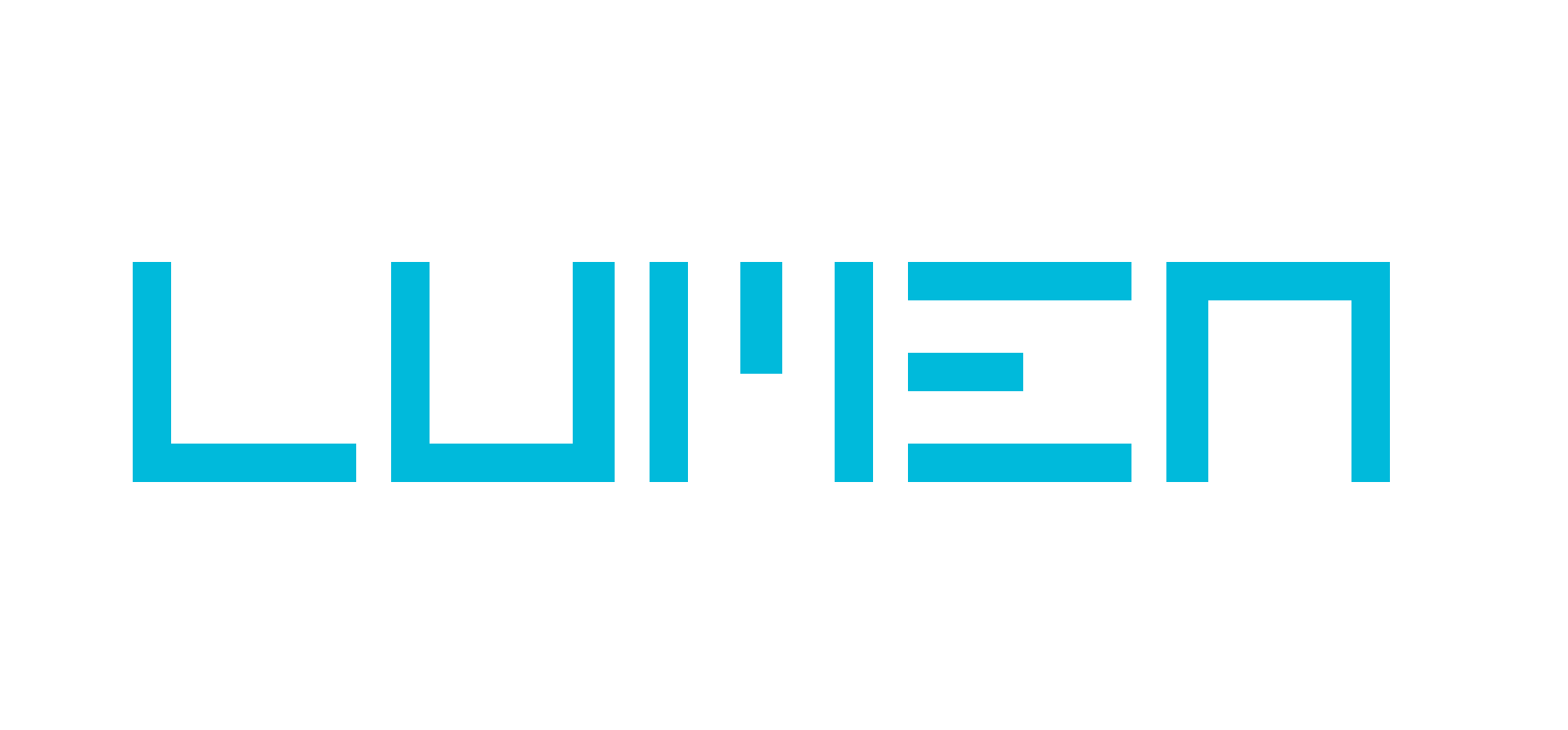00.00
What can behavioral economics teach attention economics?

Lots of good ideas come from taking things a little too literally. For some people, the idea of the Attention Economy is just a cute turn of phrase. For us, it was an inspiration. What would happen if you treated attention like a commodity, to be measured and valued and traded? At Lumen, we’ve spent the last seven years finding out.
But why stop there? If you can have an attention economy, then you can have attention economics – the study of the allocation of attention under conditions of scarcity. Attention, like money, is finite: if you spend it in one place, you can’t spend it in another. How do we choose to allocate this precious resource: is it always ‘worth’ our while, or is it sometimes a ‘waste’ of our time?
And if you are going to use the language of classical economics to understand attention, then perhaps we can also use the insights of behavioural economics to inform our discussion.
This is what we did on Thursday in the company of Richard Shotton, founder of Astroten, and well-known populariser of behavioural economics in advertising. Richard is the author of The Choice Factory, the bestselling study of the application of psychological insights to marketing and communications. You can access our 30-min discussion for free at Insight Platforms.
Richard used the EAST framework to talk through some of the basic principles of behavioural economics. Given the busy, distracted and constrained lives we all lead, people develop rules of thumb to help them navigate the world: they are more likely to do things that are Easy, Attractive, Social and Timely.
What’s fascinating is that mental heuristics that inform what we decide to do also inform what we decide to look at.
-
Things that are easy to look at get more attention than things that look complex: this is why ads with pictures get more attention than ads with text (and why most copy writers are criminally overpaid).
-
Things that are attractive to look at get more attention than things that are boring and ugly: this is why design is so important to stand out from the crowd (and why most art directors are criminally underpaid).
-
Things that we see other people looking at earn our attention: this is why ‘Like’ buttons are such valuable shortcuts for choosing whether to engage with things or not on Facebook.
-
Things that are shown to us at just the right time get more attention than at other times of the day: this is why McDonald’s advertising is so much more interesting before lunch than afterwards.
None of these things would necessarily be suggested by a ‘classical’ economic framework, but all of them promise interesting new directions for our research. What are the drivers of ‘Easiness’? Is ‘Attractiveness’ absolute, or always relative to some sort of context? Are the social drivers of attention as strong for ‘private’ media like Facebook, or public media, like OOH (a subject tackled by Justin Gibbons in his new book, P2+C=5)? The timeliness insight suggests that there is more to targeting than demographics: how does our attention change over the day or the week?
These are important and interesting questions: questions we wouldn’t even think to ask if we didn’t take things a little too literally.
So thanks to Richard, for his insights, and to Mike Stevens, of Insight Platforms, for hosting the event.
00.00









